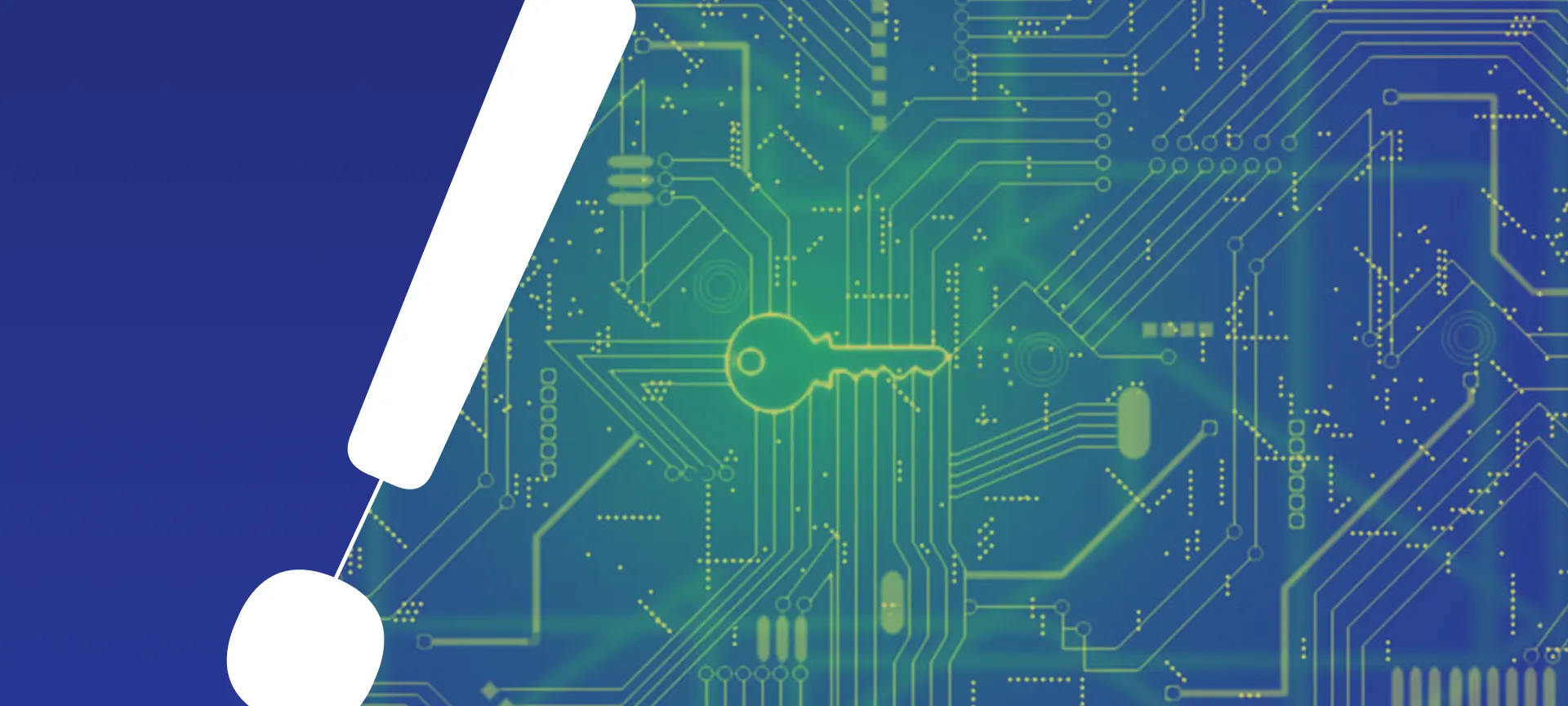
The first step in achieving forensic readiness is to do a complete risk-assessment analysis of all your business operations. The main goal is to identify any potential risk and vulnerabilities in your business processes so you can understand and define where digital evidence may be required and may benefit the organization.
According to IJDE, there are several scenarios in how digital evidence may benefit organizations in terms of:
-
Reducing the impact of computer-related crime
-
Dealing effectively with court orders to release data
-
Demonstrating compliance with regulatory or legal constraints
-
Producing evidence to support company disciplinary issues
-
Supporting contractual and commercial agreements
-
Proving the impact of a crime or dispute
Reducing the impact of computer-related crimes is considered a threat assessment that should be deployed using any extant assessments of risks to crime. The point is defining and assessing insider and outsider threats that act as potential sources for a crime to be committed.
A threat to your organizational system and processes is a warning that alerts you to an intruder trying to infiltrate your system to exploit any possible vulnerabilities, gain access to your assets to steal, damage, or otherwise compromise them.
There are several steps to take in a threat assessment process: define the scope you want to cover for your assessment, collect all data to cover the defined scope, identify and give a risk rating to all potential vulnerabilities in your system and finally perform your threat assessment.
DFIR GuideDownload our DFIR Guide and learn more how you can elevate your incident response processes.
|
Forensic agility
Being agile in dealing with, and handling, digital evidence is of great use when an incident happens. It would be of great help to have a document that will clearly state the types of digital evidence required by the court and how to collect them.
When it comes to what types of digital evidence to include, it will vary greatly from business to business. The possibility of such evidence being required should also be part of your assessment process. Applying strategies to achieve forensic readiness shows that an organization has the initiative and ability to manage risks effectively.
As the world is changing at an ever-increasing speed, every business must define a well-thought-out forensic readiness strategy that will help them strengthen the overall cybersecurity posture of the organization.
In the next blog post, we will cover types and sources of potential digital evidence. Until then, check out AIR that can be of great help in making your organization forensic ready.











